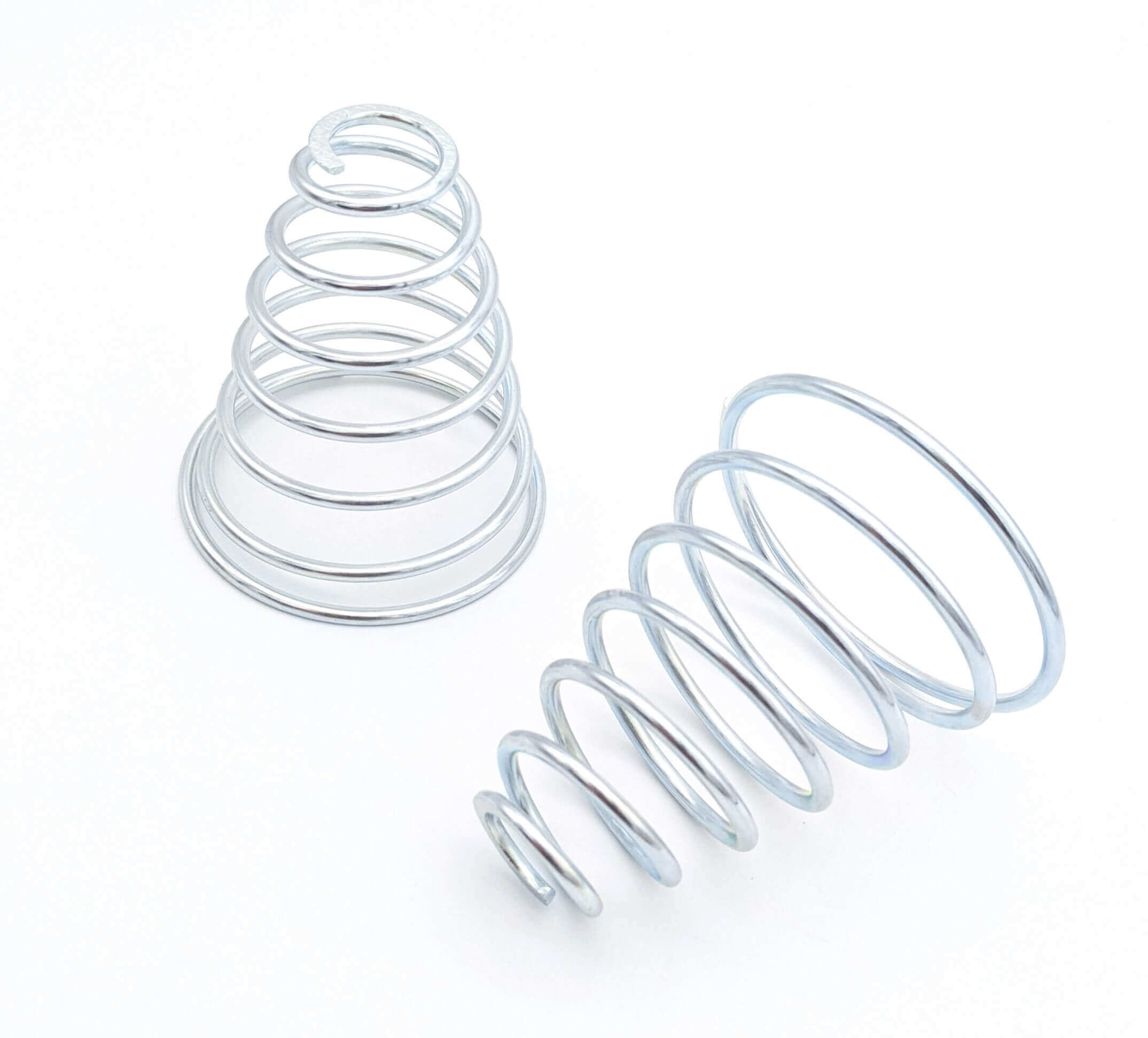Get unique, complex parts easily. No matter your requirements, Chaoyi Spring creates hard-to-produce coil springs and wire forms.
Let us help you create the custom wire form you need, from S-hooks and J-hooks to utility hooks and more.
We work closely with customers across a wide range of industries, helping them design and manufacture made-to-order parts.
Why choose Chaoyi Spring? We prioritize customer-focused collaboration, modern equipment and the latest technology to make your parts per print.
Find the information and guidance you need, from measuring a spring to learning about materials, placing an order and much more.
Springs are ubiquitous in our world, from the tiny coils in a pen to the massive springs supporting bridges and buildings. But what makes these seemingly simple devices so effective?


Springs are ubiquitous in our world, from the tiny coils in a pen to the massive springs supporting bridges and buildings. But what makes these seemingly simple devices so effective? The answer lies in their tension, a force that plays a crucial role in their ability to store and release energy. This article explores the fascinating world of spring tension, delving into its fundamental principles, types, and practical applications.

Imagine a spring in its relaxed state, like a coiled-up snake resting peacefully. When you apply a force to stretch or compress this spring, you're introducing tension. This tension is the spring's resistance to the applied force, a force that tries to restore the spring to its original, relaxed position. Think of it as the spring's way of 'fighting back' against any attempt to change its shape.
The tension in a spring isn't just a simple force; it's a dynamic concept that depends on several factors:
Spring tension, therefore, isn't a constant value. It's a force that changes as you stretch or compress the spring. This dynamic nature is what makes springs so useful in a variety of applications.
Springs are not one-size-fits-all. They come in many shapes and sizes, each designed to handle specific types of forces and displacements. Here are some common types of tension springs:
Spring tension is more than just a theoretical concept; it's a fundamental aspect that drives the performance of countless devices and systems.
Here are just a few examples:
In essence, spring tension is the invisible force that makes our world work. It's responsible for the smooth operation of countless machines, the safety of our structures, and the comfort of our daily lives.
The world of springs is vast and complex, and there's always more to learn. If you're interested in delving deeper, here are some areas to explore:
Tension is the lifeblood of a spring. It's the force that gives them their resilience, their ability to store energy, and their versatility. From the tiniest spring in a watch to the massive ones supporting bridges, tension is the invisible force that makes our world work a little bit better.
By understanding the principles of spring tension, we gain a deeper appreciation for the seemingly simple yet crucial role these devices play in our lives. Whether it's the gentle spring in a door closer or the powerful one in a car's suspension, tension is the unseen force that drives efficiency, comfort, and safety in countless applications.
Browse some of the custom wire forms and springs that we manufacture. Don’t see what you need? We specialize in made-to-order products that meet your application requirements.
Visit Our GalleryNeed a custom wire form or coil spring? We make it work. Fill out the contact form and a representative will respond within 1 business day. If you have a PDF or CAD file, you can submit to request a quote.